Types of photography
Shooting categories are many and vary depending on the subject of the photo (such as landscape photography or people photography) or according to the timing of the photoshoot (such as night photography).
It also varies according to the location of the picture (such as aerial photography and underwater photography) or according to the technology used in the photography (such as macro photography and telescopic photography).
It also varies according to the speed of capturing the image (such as slow-motion ,filming, and freezing motion) or according to the purpose of the shooting (such as photojournalism to document events and advertising photography to promote products and services).
It may also vary according to the art form of the image (such as panorama photography, shadow photography, silhouette, and abstract photography).
Types of photography
Nature photography
In it, aesthetic images of nature are captured, including the sky, sun, moon, clouds, mountains, seas, rivers, trees, and flowers. Sunrise and sunset are the best times to inspire photographers and their creativity.
City life
This type means depicting people's lives, ways of living, their habits, and their manifestations in the streets, in schools, and in their work and professions.
Wildlife photography
Wildlife photography involves taking pictures of various forms of wildlife. Unlike other forms of photography such as product or food photography, successful wildlife photography requires a photographer to choose the right place and time when specific wildlife is present and active.
It often requires great patience, great skill, and command of the correct photographic equipment.
It is a genre that focuses on the world of animals, birds, reptiles, insects, and wildlife in general.
This type requires special skills for photographers, including being aware of the place and the objects that are being photographed and their danger, and providing the appropriate tools to capture the appropriate and required moments.
Portraiture
This type is concerned with photographing people, including children, young people, and the elderly, and depicting faces and their expressions.
Underwater photography
It is the type concerned with underwater photography and is used to photograph marine organisms and aquatic weeds under the seas and oceans, and requires cameras of a special type to protect them from the water.
Night photography
This type of photography focuses on shooting at night, and requires special settings in the camera.
The ideal time to photograph is a few minutes after sunset, and before sunrise.
Flash-light is often not used in photography, and most of this photography requires the availability of a stand to stabilize the camera to prevent vibration.
Macro photography
This type requires special cameras that have the ability to enlarge the image by multiples of its original size to show details.
This type is used to depict the details of small objects, as well as those that cannot be seen with the naked eye.
Abstract photography
In This type of photography, the photographer takes pictures in a way that raises questions in the mind of the recipient and opens the way for the mind to imagine and try to interpret the picture.
Sports photography
Sports photography is a form of photojournalism that focuses on documenting and publishing an event, but sports photography is categorized as a separate genre because it requires a fast-moving shot.
It requires a camera with zoom or zoom tools, and camera settings to freeze motion and take multiple photos to choose from.
Aerial photography
It is the type that depends on taking the picture from a very high place, such as shooting by a traditional plane, or a plane controlled by remote control.
The images in them are usually large and made up of large geographical areas.
Architectural Photography
Its a photography concerned with capturing the aesthetic features in buildings and architectural monuments, and showing the aspects of creativity in design, from inside and outside the building.
Panorama
It is a wide-area cross-sectional image that includes the multiple angles of the subject area.
In this type of photography, the camera is rotated to capture the place from its different sides around the camera, and then a single image is produced that collects the sides of the place.
This is usually done automatically within certain types of cameras, and can also be installed manually using image editing software.
Shooting shadows (silhouettes)
In it, objects are depicted in the form of a black shadow without showing their features, with the background appearing colored and clear in its natural form.
This photography requires the presence of a light source behind the object to be photographed, so it appears in the form of a shadow or silhouette when the camera takes the picture.
Illumination photography
The art of light painting is a form of motion photography in which the time to take the picture is prolonged for a few seconds or minutes, and one or more flashlights are used to paint the motion with lighting.
Shadow painting photography
It is a new creative type of shadow painting, created by a Japanese artist called "Kumi Yamashita" using models and papers.
HDR imaging
High Dynamic Range Imaging (HDR)
They are techniques that combine a group of images that have been exposed to light differently from each other, and the result of the final image appears in a distinct and different form from the usual digital photography.
Amateur photographer
An amateur photographer is one who practices photography as a hobby/passion and not necessarily for profit. The quality of some amateur work is similar to that of many professionals, and maybe highly specialized or selective in the choice of subjects.
Amateur photography is often prominent in photographic subjects that have little potential for commercial use or reward. Amateur photography grew during the late 19th century due to the popularization of the handheld camera.
Nowadays it has spread widely through social media and is carried out across different platforms and equipment, switching to cell phone use.
j. It is now possible to take good pictures with a cell phone which is a major tool to make photography more accessible to everyone.
Commercial photography
Commercial photography is perhaps best defined as any photography that pays the photographer for pictures rather than artwork. Given this, money can be paid for the subject of the photo or the photo itself. Wholesale, retail, and professional uses of photography fall under this definition.
The world of commercial photography can include:
Advertising photography : Photographs that are provided to illustrate and usually sell a service or product. These images, like packshots, are usually done with an advertising agency, design company or with the company's in-house design team.
It is the type that specializes in photographing commercials for products and services, and the product is often photographed in a studio and under custom lighting and backgrounds.
Fashion and glamor photography usually includes models and is a form of advertising photography. fashion photography, such as the work featured in Harper's Bazaar, emphasizes clothing and other products; Glitter emphasizes the form and body shape. The glamor of popular photography in advertising and men's magazines. Models in glamor photography sometimes work nude.
360 product photographs display a series of images to give the impression of a rotating object. This technique is commonly used by e-commerce sites to help shoppers visualize products.
Concert photography focuses on capturing candid photos of both the artist or the band as well as the atmosphere (including the crowd). Many of these photographers are self-employed and are hired by an artist or their management to cover a particular show. Concert photos are often used to promote an artist or band as well as a venue.
Crime scene photography
Crime scene photography consists of filming crime scenes such as robberies and murders. A black and white camera or an infrared camera may be used to capture specific details.
Still life photography usually depicts the subject of inanimate objects, usually common objects which may be either natural or man-made. Still life is a broader category for food and some nature photography and can be used for advertising purposes.
Real estate photography focuses on producing photographs showing a property for sale. These photographs require the use of a wide lens and extensive knowledge of high dynamic photography. Example of a studio-made food photograph.
Food photography can be used for editorial photography, packaging or advertising use. Food photography is similar to still life photography but requires some special skills.
Photojournalism can be considered a subset of editorial photography. Photographs taken in this context are accepted as documents for a news story.
Art photography
Alfred Stieglitz's classic photo, directing shows a unique aesthetic of black and white photos.
During the twentieth century, both high art photography and documentary photography became accepted by the English-speaking art world and the gallery system.
In the United States, a few photographers, including Alfred Stieglitz, Edward Steichen, John Szarkowski, F. Holland Today, and Edward Weston, have spent their lives advocating photography as a fine art. At first, fine art photographers tried to imitate painting styles.
This movement is called Pictorialism, and often uses a soft-focus not a dreamy, 'romantic' look.
In reaction to this, Weston, Ansel Adams, and others from the f/64 group advocate 'direct photography', the photograph as something (a sharp focus) in itself rather than an imitation of something else. The aesthetics of photography is an issue that is still regularly discussed, especially in artistic circles.
Many artists have argued that photography is the mechanical reproduction of an image. If photography was original art, then photography in the context of art would need to be redefined, such as defining the component of an image that makes it beautiful to the viewer. The controversy began with the first pictures "Writing with Light"; Nicéphore Niépce, Louis Daguerre, and others among the very early photographers met with acclaim, but some questioned whether their work met the definitions and purposes of art.
Clive Bell in his essay Classic Art states that only a "large form" can distinguish art from what is not art.
There must be some quality one without which no work of art can exist; Owning which, in the slightest degree, does not work is completely worthless.
What is this quality? What quality do all the things that arouse our aesthetic feelings share in common? What is the common quality in Sta?. Sophia and the windows at Chartres, Mexican sculpture, a Persian bowl, Chinese rugs, Giotto's frescoes in Padua, Poussin antiques, Piero Della Francesca, and Cézanne?
And only one answer seems possible - an important form. In each of them, lines and colors mix in a certain way, certain shapes and relationships of shapes, and they evoke our aesthetic feelings.
On February 7, 2007, Sotheby's London sold a 2001 photograph of 99 Cent II Diptychon for an unprecedented $3,346,456 to an anonymous bidder, making it the most expensive at the time.
Conceptual photography transforms a concept or idea into a photograph. Although what is depicted in the pictures are real objects, the subject matter is purely abstract.
Photojournalism photography
Photojournalism is a special form of photography (collecting, editing and presenting news material for publication or broadcast) that uses images to tell a news story. It is now understood to usually refer to still images only, but in some cases the term also refers to video used in broadcast journalism. Photojournalism is distinguished from other branches close to photography (for example, documentary photography, other...social, street photography or celebrity photography) by complying with a strict ethical framework that requires the work to be honest and impartial while telling the story in purely journalistic terms.
Photojournalists create images that contribute to the media and help communities connect with each other. Photojournalists must be well informed and aware of the events happening right outside their door. They present news in a creative format that is not only informative, but also entertaining.
Photojournalism It is photography that aims to document events, and provide illustrated material for publication with press material.
It focuses heavily on filming the event as it unfolds, taking pictures that tell the journalistic story, and those that answer as much as possible the six famous press questions.
The six questions are:
What happened?, When? where? Who are the parties to the event, how did it happen, and why?
A Photographer is a form of photojournalism in which the photographer takes candid photos of athletes, celebrities, politicians, and other notable personalities.
Landscape photography depicts locations.
Wildlife photography shows the life of animals.
Science and forensic medicine
The collapse of Wootton Bridge in 1861 The camera has a long and distinguished history as a means of recording scientific phenomena from the first use of Daguerre and Fox Talbot, such as astronomical events (eg eclipses), small creatures and plants when the camera was attached to the lens of microscopes (in photography) and to macro images for larger samples.
The camera has also proven useful in recording crime scenes and accident scenes, such as the collapse of the Wootton Bridge in 1861.
The methods used to analyze images for use in legal cases are known collectively as forensic photography. Crime scene photos are taken from three vantage points and perspectives: overview, medium range, and close-up.
In 1845 Francis Ronalds, director emeritus of the Kew Observatory, invented the first successful camera to make continuous recordings of atmospheric and geomagnetic parameters.
Various machines produced 12- or 24-hour photographic traces of minute-by-minute variations of atmospheric pressure, temperature, humidity, and atmospheric electricity, the three components of geomagnetic forces.
Cameras were supplied to many shutters around the world and some remained in use until the 20th century. A little later, Charles Brooke developed similar instruments to the Greenwich Observatory.
Science uses image technology that was derived from the design of the Pin Hole camera. X-Ray devices are similar in design to Pin Hole cameras with high-quality filters and laser radiation. Photography has become universal in recording events and data in science and engineering, and at crime scenes or accident scenes.
This method has been greatly extended by using other wavelengths, such as infrared imaging and ultraviolet imaging, as well as spectroscopy. These methods were first used in the Victorian era and have improved much more since that time.
The first imaged atom was discovered in 2012 by physicists at Griffith University, Australia. They used an electric field to hunt the "ion" of the element, Ytterbium. The image was recorded on CCD, an electronic photographic film.

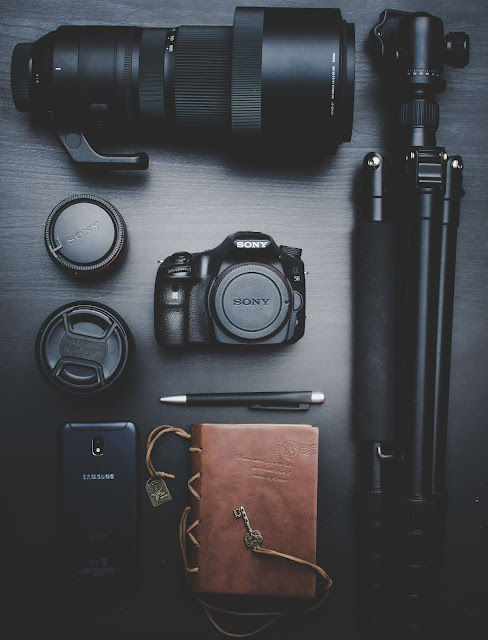
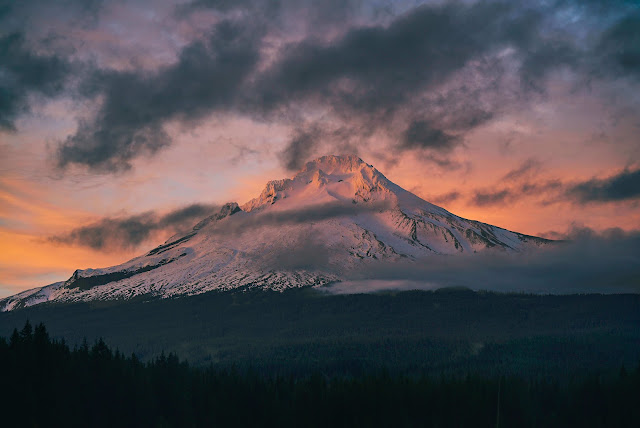
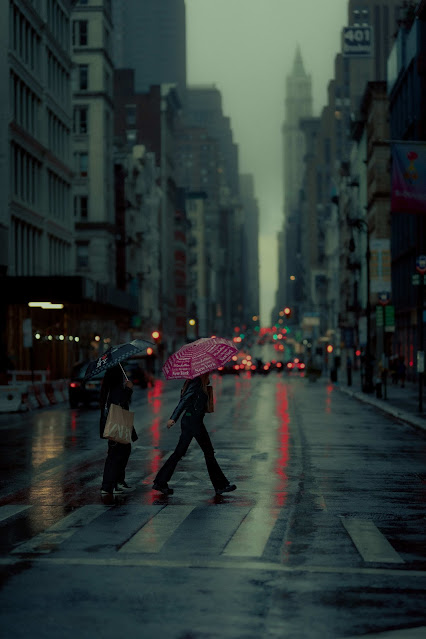
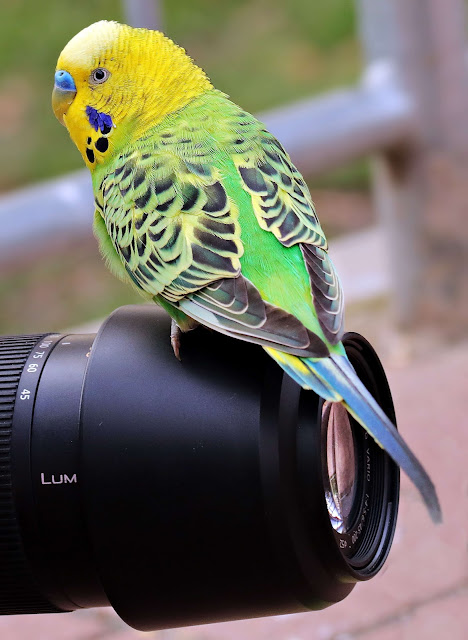



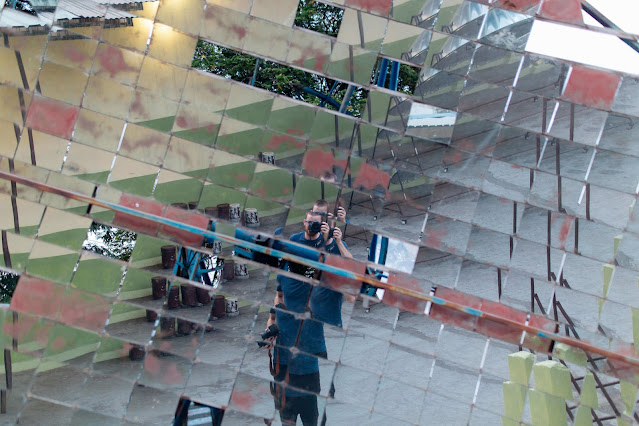




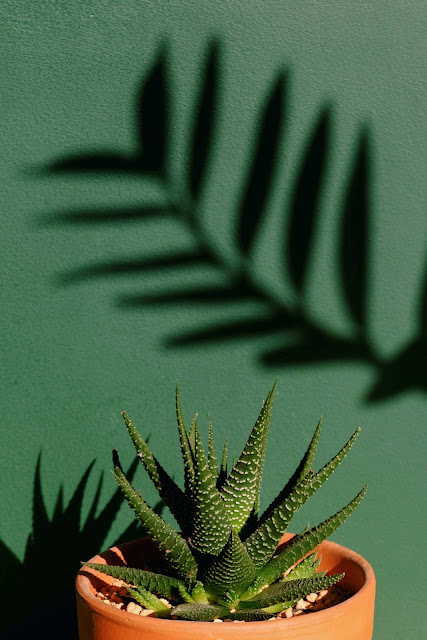
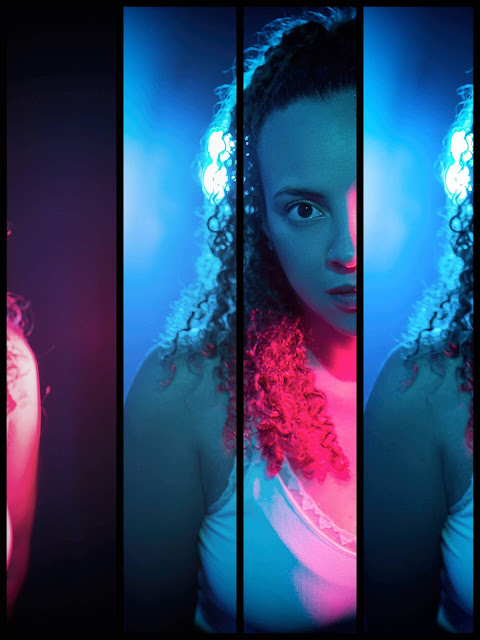





Comments
Post a Comment
We are waiting for your comments and inquiries